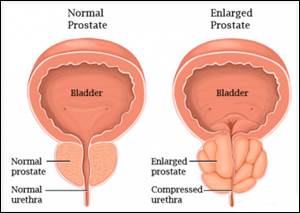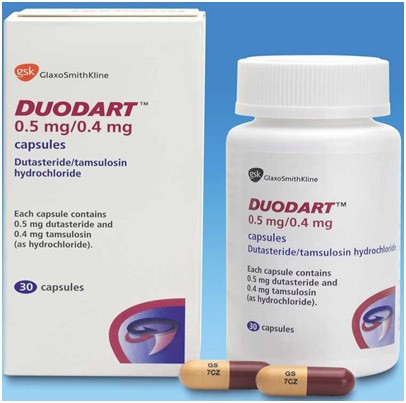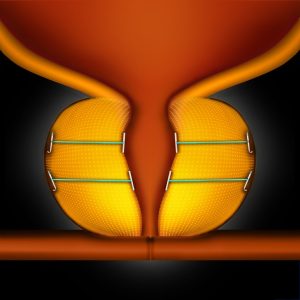 What Is BPH?
What Is BPH?
Benign Prostatic Hyperplasia (BPH) is a benign (non-cancerous) increase in the size of the prostate. When sufficiently large the urethra is impinged restricting urinary flow. The impinging of urine flow requires the bladder muscles to work harder when urinating leading to progressive instability and ultimately weakness of the bladder muscles.
Does BPH Cause Cancer?
BPH does not lead to cancer or increase the risk of prostate cancer.
How Common Is BPH?
BPH is believed to begin at about 30 years of age. 50% of men have BPH by the age of 50 and 75% by age 80. Not all men with BPH have symptoms. 40 to 50% of men with BPH will have symptoms which interfere with their lifestyle.
Symptoms Of BPH
The term Lower Urinary Tract Symptoms (LUTS) refers to a group of medical symptoms which are commonly associated with BPH.
LUTS is broadly divided into:
Irritative symptoms and include:
- Increased frequency of urination
- Increased urgency of urination
- Painful urination
- Excessive passage of urine at night
Obstructive symptoms and include:
- Poor stream
- Difficulty initiating urine flow
- Incomplete bladder emptying
- Episodes of near urinary retention
Diagnosis Of BPH
A number of tests are done to diagnose BPH. They include:
- DRE – to assess prostate size, shape and texture.
- PSA – may be elevated with BPH but does not necessarily imply that there is prostate cancer.
- Urinary flow rate – Measuring the speed of urine flow, the volume of urine passed and also volume of urine retained in the bladder.
- Cystoscopy – done to exclude any other problems inside the bladder such as stones.
- IPSS Questionnaire – This is an internationally validated 8 question written screening tool used to screen for, rapidly diagnose, track the symptoms of and suggest management for BPH.
- You can find out your IPSS score by filling out the questionnaire Click Here
Treatment Of BPH
A number of treatment options are available. The type of treatment suggested to a large extent depends on the severity of symptoms and how much the symptoms are affecting your lifestyle.
The options are:
Lifestyle Changes
This is helpful if the symptoms are mild. They include:
Drinking less fluids in the evening.
Avoid drinks that are dehydrating such as alcohol, tea and coffee.
Removing medications that increase the amount of urine, but speak to your GP prior to doing this.
 Medications
Medications
2 broad groups of medications can be used.
Alpha Blockers – These medications relax the muscles of the bladder neck and prostate allowing easier passage of urine. However, some men may get side effects such as dizziness.
5 alpha reductase inhibitors – these medications can reduce the size of the prostate. Side effects include decreased libido, erectile dysfunction and breast swelling.
A combination of alpha blockers and 5 Alpha reductase inhibitors. The medication name, called Duodart is used commonly to derive benefits from both groups of medication.
Surgery
The aim of surgical treatment for BPH is to physically widen the urinary passage through the prostate. There are many techniques used to do this but the two most widely used and accepted are:
 UroLift
UroLift
The UroLift® procedure is a new, minimally invasive approach to treat BPH for patients looking for an alternative to drug therapy or more invasive surgery. The UroLift procedure is a straightforward procedure that utilizes tiny implants to lift and hold the enlarged prostate tissue out of the way so it no longer blocks the urethra. There is no cutting, heating or removal of prostate tissue.
To find out more about UroLift procedure Click Here
Trans urethral resection of the prostate (TURP)
This is where the prostate tissue is removed using a heated loop introduced via the urethra using an instrument called a resectoscope. The prostate tissue is sent to the laboratory for analysis. It normally requires a 2 day stay in hospital. There will be a period of a few weeks where there will be discomfort when passing urine and occasional blood in the urine.
To find out more about TURP Click Here

